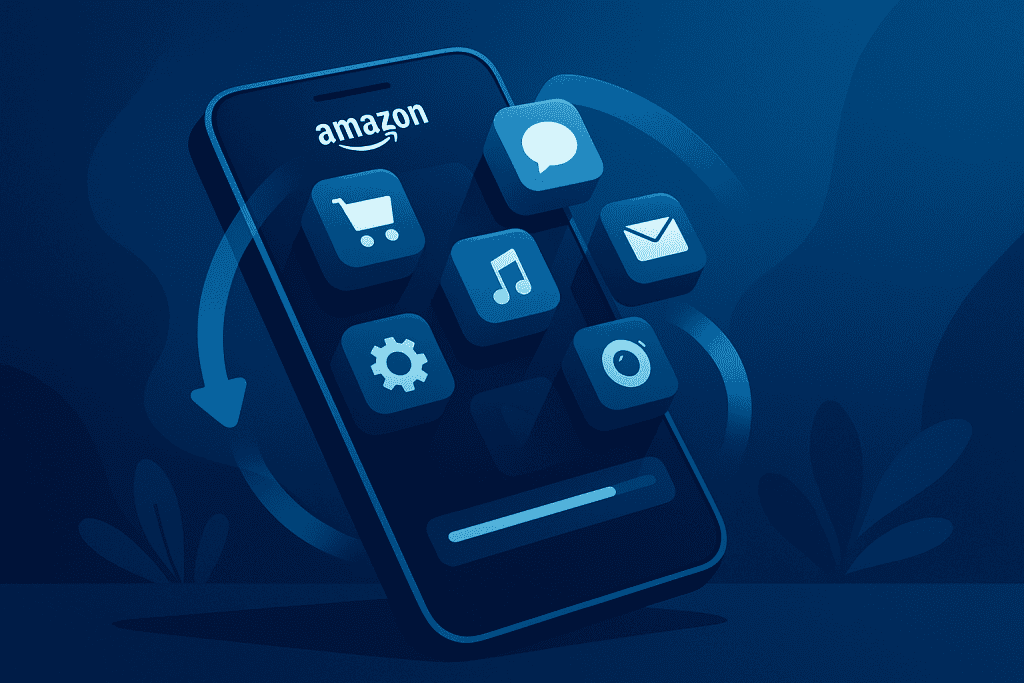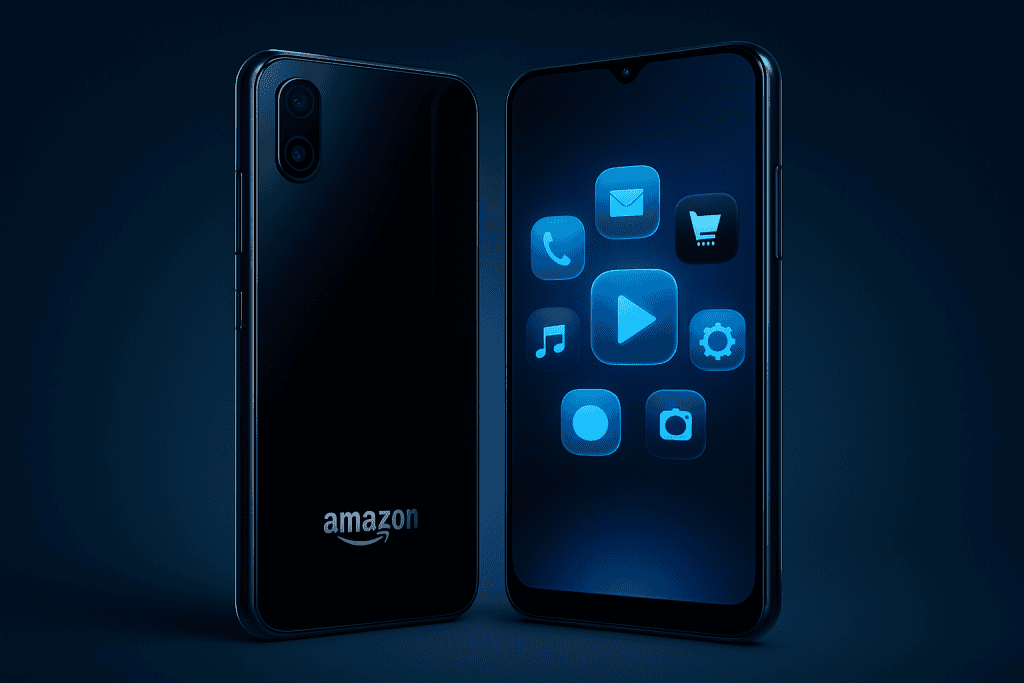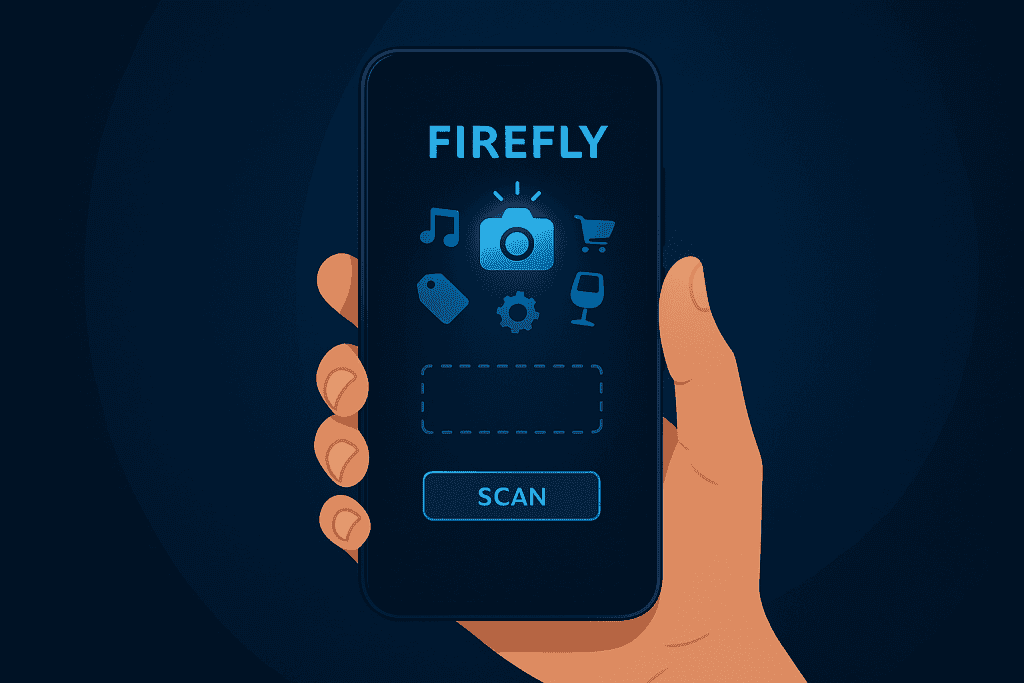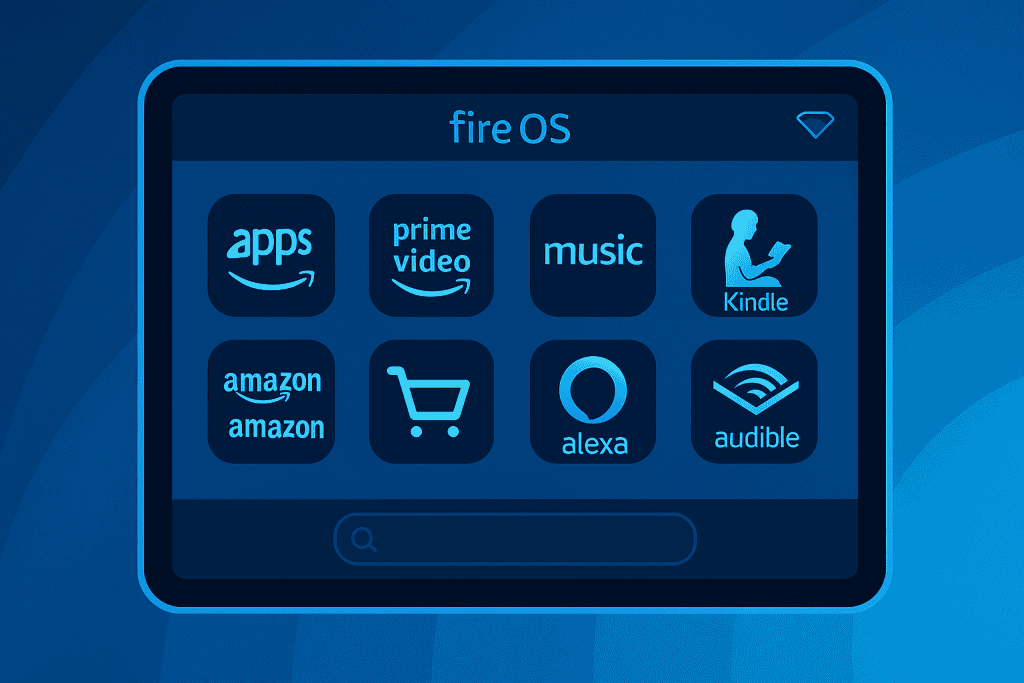When Amazon launched its first-ever smartphone, many were excited to see what the tech giant could offer in a competitive market. The Amazon Phone, also known as the Fire Phone, promised to deliver something different with 3D visuals and seamless shopping integration. I decided to test this device myself to see how it truly holds up in real-life use.
In this post, I’ll walk you through my personal experience using the Amazon Phone. From eye-catching features to its not-so-obvious flaws, I’ll share everything that stood out, good and bad. Whether you’re curious about the innovation Amazon tried to bring or want a peek into one of tech’s more curious experiments, you’re in for an insightful ride.
Overview
Before diving into the details, let’s set the stage. It was launched in 2014 and came with features that aimed to revolutionize how we interact with smartphones. While it was innovative, the execution left many users divided.
Here’s a quick look at what it offered:
- 4.7-inch HD display with Dynamic Perspective (3D effect)
- Firefly technology for real-time product scanning
- Tight Amazon ecosystem integration
- Snapdragon 800 processor
- 2GB RAM and options for 32GB or 64GB storage
- 13MP rear camera with optical image stabilization

In-Depth Analysis of Amazon Phone
While it boasted futuristic features, the real-life experience was a mixed bag. Let’s break it down.
1. Design
Amazon aimed for elegance, and on the surface, the phone looked sleek. Glass on both sides gave it a premium feel, though it easily attracted fingerprints. The buttons were solid, but the phone felt a bit bulky for extended one-handed use.

2. Functionality
This is where things got tricky. Dynamic Perspective, designed to offer a 3D-like experience, felt gimmicky more than practical. Tilting your phone to navigate menus got tiring quickly. Firefly, meant to make shopping easier by scanning items, worked well for books and gadgets but struggled with anything outside Amazon’s domain.
3. Performance
Powered by a Snapdragon 800, the phone handled basic tasks fine—email, web browsing, and light gaming ran smoothly. However, switching between apps felt sluggish at times, especially compared to other premium devices released in the same year.
Alt text: Amazon Phone screen showing Firefly feature in action

4. Camera
The 13MP rear shooter delivered decent pictures in good lighting, but it fell short in low light. Optical image stabilization helped reduce blur, but the shutter lag was noticeable. It wasn’t a camera you’d rely on for capturing fast moments.
5. Software and Ecosystem
Running Fire OS (a heavily modified Android), the phone lacked Google services. That meant no Google Maps or Gmail—deal breakers for many. On the flip side, Amazon Prime users benefited from instant access to videos, books, and cloud storage.

Amazon Phone Comparison
To see how it stacks up, let’s compare it with the iPhone 6 and Samsung Galaxy S5, two flagship devices from the same era.
| Feature | Amazon Phone | iPhone 6 | Samsung Galaxy S5 |
|---|---|---|---|
| Display | 4.7” HD (720p) | 4.7” Retina HD | 5.1” Super AMOLED |
| Processor | Snapdragon 800 | Apple A8 | Snapdragon 801 |
| RAM | 2GB | 1GB | 2GB |
| Storage | 32GB/64GB | 16GB/64GB/128GB | 16GB + microSD |
| Camera | 13MP rear | 8MP rear | 16MP rear |
| OS | Fire OS | iOS 8 | Android 4.4 KitKat |
| Google Services | No | Yes | Yes |
| Unique Features | Firefly, 3D UI | Touch ID | Water Resistance |
While the Amazon Phone offered some advanced technology, the lack of app diversity and outdated UI ultimately placed it behind its peers.
Pros and Cons
Even the boldest innovations come with their set of trade-offs.
| Pros | Cons |
|---|---|
| Unique 3D Dynamic Perspective UI | Gimmicky features with limited use |
| Excellent Amazon service access | No Google Play services |
| Decent camera with OIS | Weak low-light performance |
| Firefly for fast product scans | Limited app selection |
| Solid build quality | Sluggish multitasking experience |
Conclusion
The Amazon Phone was undoubtedly an ambitious venture. It packed several new inventions, from Dynamic Perspective to Firefly, but lacked the polish and ecosystem to compete with Android and iOS heavyweights. While Amazon loyalists may have appreciated the deep integration, most users found the trade-offs too steep.
If you love trying out unique gadgets or are immersed in the Amazon ecosystem, it might still intrigue you. For most others, better alternatives exist in the smartphone space.
Ratings
After spending time with the device, I’d give the Amazon Phone a solid 2.5 out of 5 stars.
FAQs
1. Why did the Amazon Phone fail in the technology trends market?
The Amazon Phone struggled in the technology trends market due to its limited app ecosystem, lack of Google services, and gimmicky features that didn’t translate well into everyday use.
2. Is the Amazon Phone still worth buying today in the age of futuristic technology?
Unless you’re a collector or Amazon enthusiast, the Amazon Phone is outdated compared to modern smartphones offering futuristic technology like AI integration and IoT support.
3. How does the Amazon Phone fit into the history of iot devices and innovation?
While the Amazon Phone didn’t succeed commercially, it contributed to innovation by pushing features like Firefly and Dynamic Perspective, precursors to Amazon’s current IoT devices.
Resources
- CNET. Amazon Fire Phone Review
- Kaggle. Amazon Cell Phones Reviews
- PCMag. Amazon Fire Phone (AT&T) Review
- The Verge. Amazon Fire Phone Review
- ZDNet. Amazon Fire Phone Review
